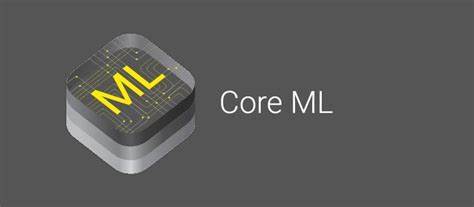Introduction
Advanced iOS Development
- iOS enterprise architecture
- Design patterns
- Protocol oriented programming
RxSwift Framework
- Functional programming vs reactive programming
- Reactive extensions
Alamofire Networking Library
- Platform-as-a-Service
- Web services and Alamofire
Advanced Swift and Protocol Programming
- Using enumerations
- Developing protocols
- Working with delegates
- Writing protocol extensions
- Creating recursive functions
- Working with data structures and algorithms
Reactive Programming in Swift with RxSwift
- Implementing observables and subscriptions
- Using subjects
- Filtering, transforming, and combining operators
- Integrating and working with RxCoaCoa
- Implementing MVVM
- Debugging and handling errors
Alamofire
- Integrating Alamofire into Swift
- Importing files
- Retrieving data
- Optimizing PhotoTagger
Unit and UI Testing
- Unit Testing in Swift
- UI testing in Swift
